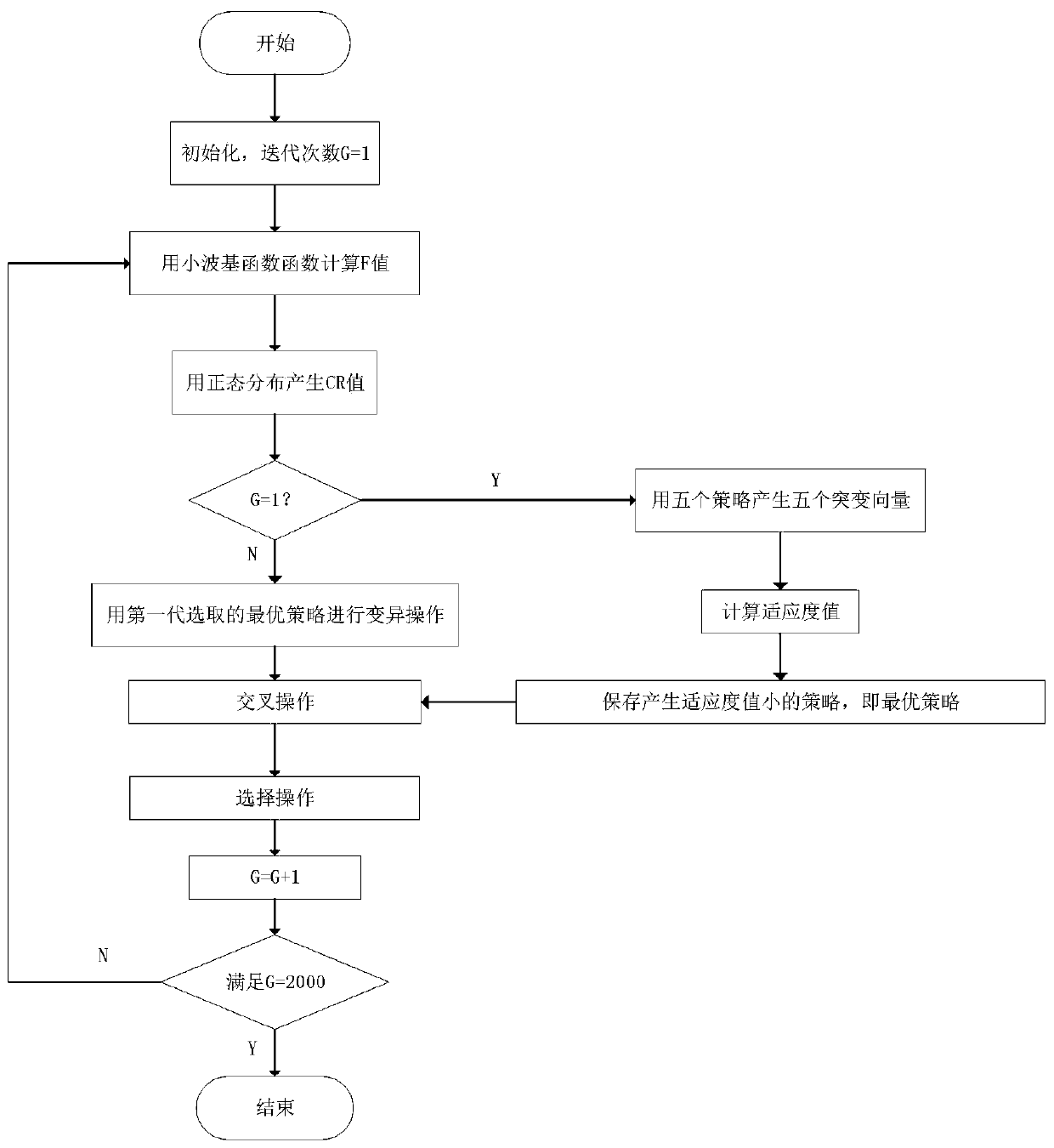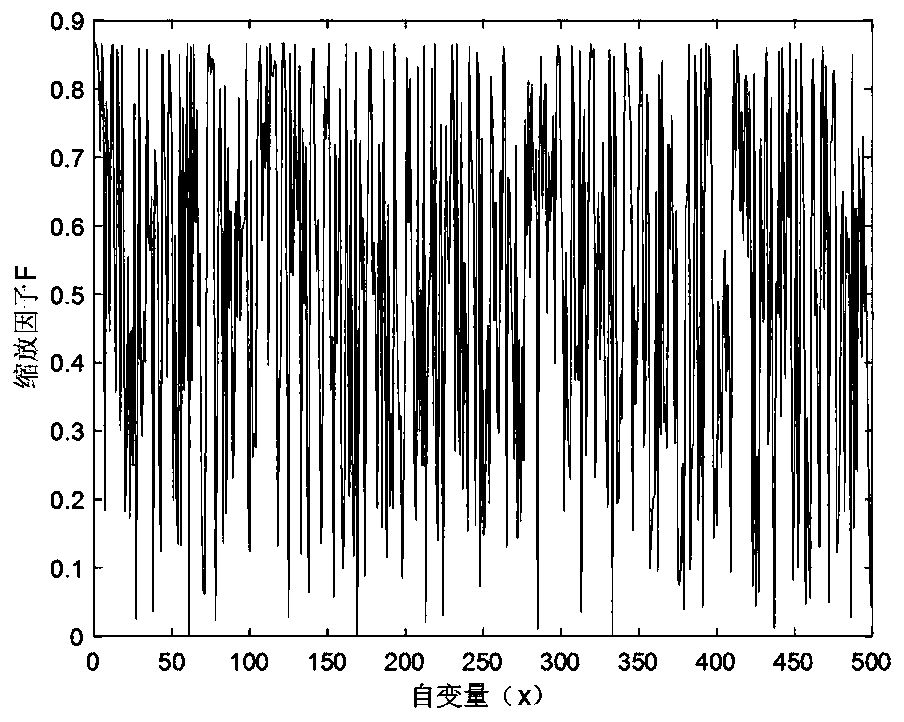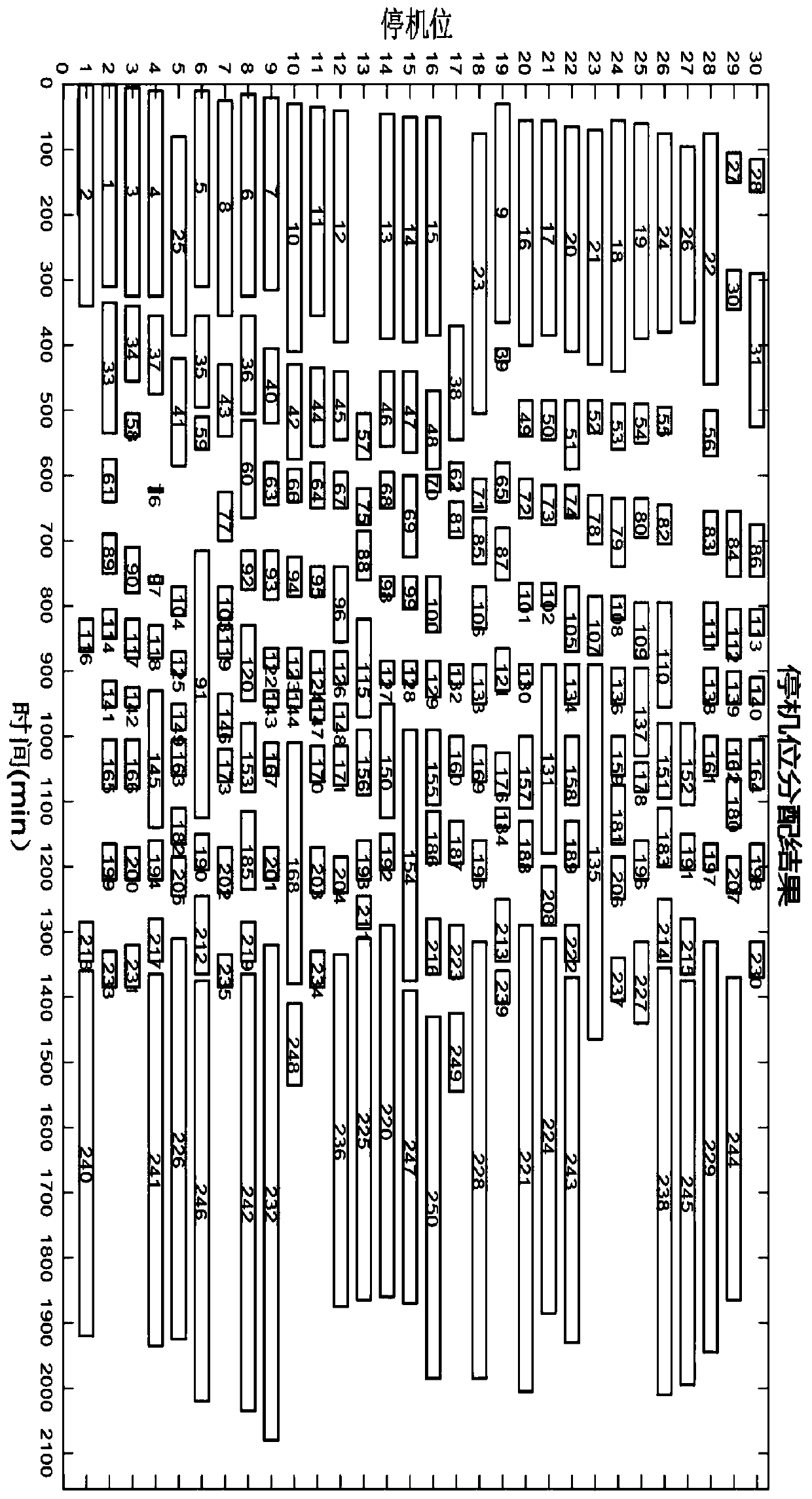Differential evolution algorithm based on wavelet basis function and optimal mutation strategy and application
A differential evolution algorithm and wavelet basis function technology, applied in computing, computing models, instruments, etc., can solve problems such as poor optimization ability, complex learning process, lack of learning process, etc., to improve algorithm performance, fast convergence speed, strong The effect of optimization
- Summary
- Abstract
- Description
- Claims
- Application Information
AI Technical Summary
Problems solved by technology
Method used
Image
Examples
Embodiment Construction
[0032] The following will clearly and completely describe the technical solutions in the embodiments of the present invention with reference to the accompanying drawings in the embodiments of the present invention. Obviously, the described embodiments are only some, not all, embodiments of the present invention.
[0033] refer to Figure 1-5 , the differential evolution algorithm and application based on wavelet basis functions and optimal mutation strategy, including the following steps:
[0034] Step 1: In (x max ,x min ) Randomly generate the initial population X i =(x 1 ,x 2 … x i ), and initialize the parameters, the population size NP=100, the dimension D=30, the maximum number of iterations G max =2000; initial iteration number G=1;
[0035] Step 2: If it is the first generation, go to step 3; otherwise, skip step 3 and go to step 4;
[0036] Step 3: Use five mutation operations to generate five mutation vectors respectively, calculate the fitness values of th...
PUM
 Login to View More
Login to View More Abstract
Description
Claims
Application Information
 Login to View More
Login to View More - R&D
- Intellectual Property
- Life Sciences
- Materials
- Tech Scout
- Unparalleled Data Quality
- Higher Quality Content
- 60% Fewer Hallucinations
Browse by: Latest US Patents, China's latest patents, Technical Efficacy Thesaurus, Application Domain, Technology Topic, Popular Technical Reports.
© 2025 PatSnap. All rights reserved.Legal|Privacy policy|Modern Slavery Act Transparency Statement|Sitemap|About US| Contact US: help@patsnap.com



